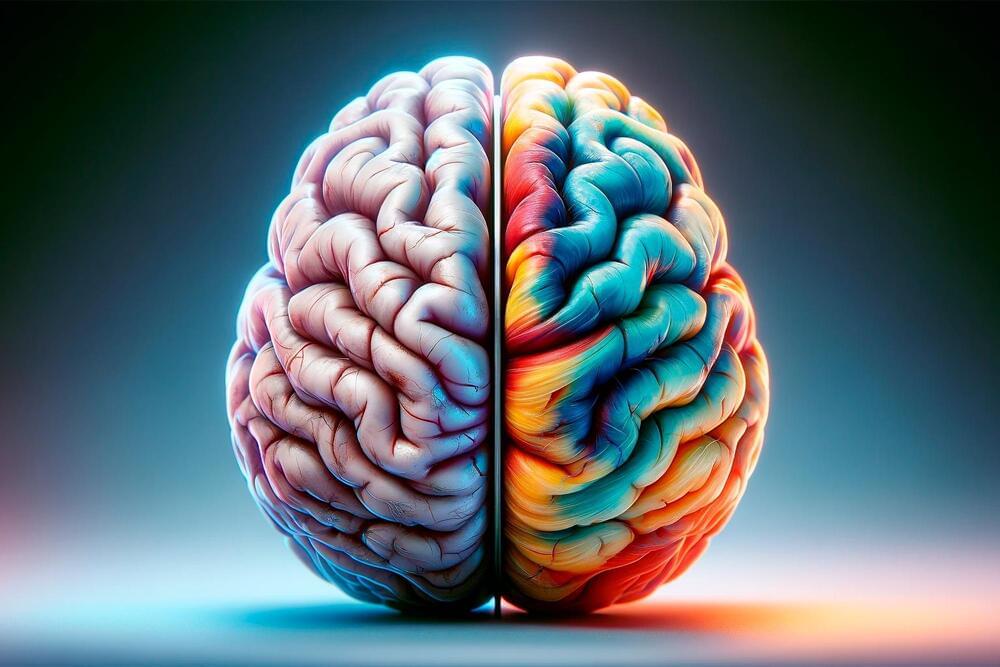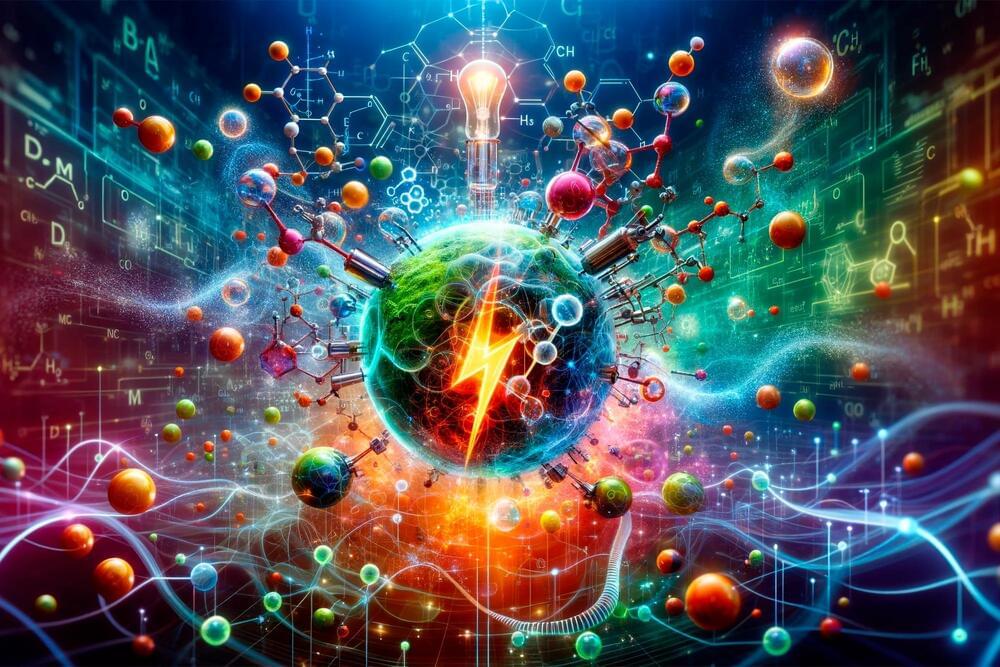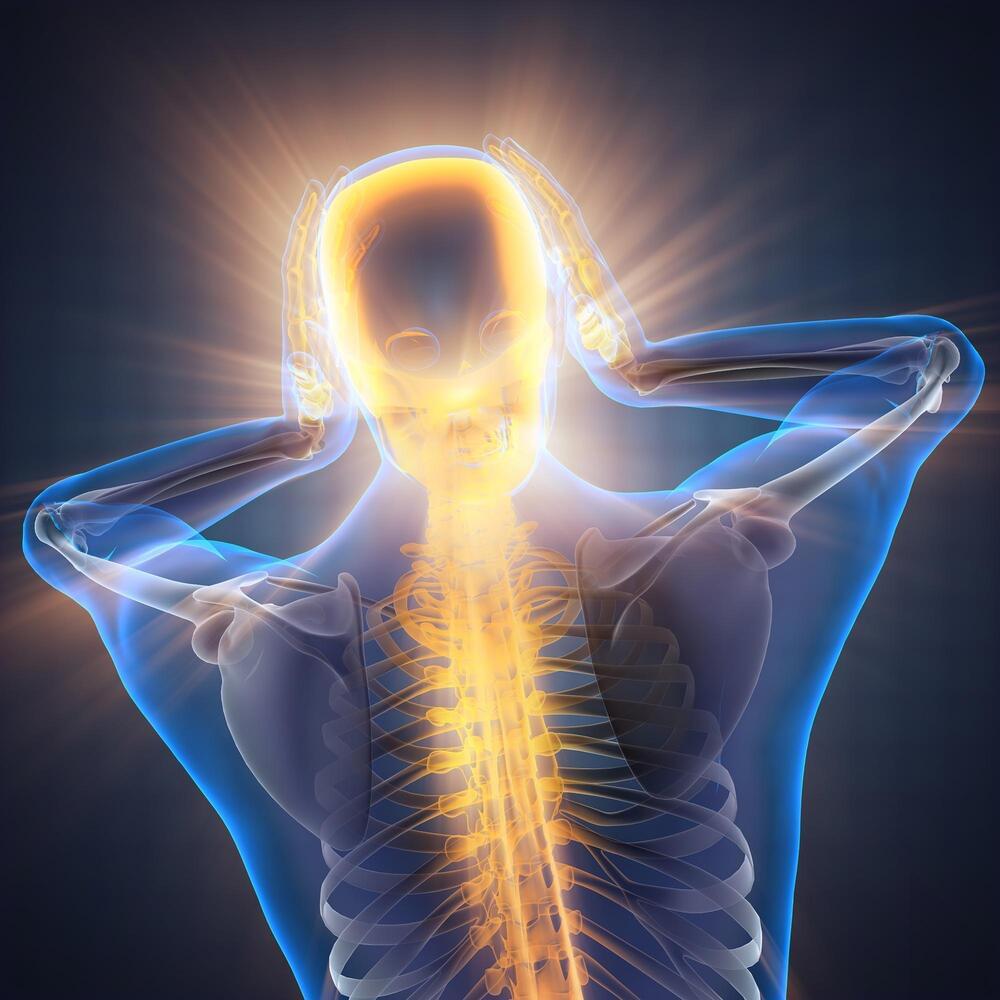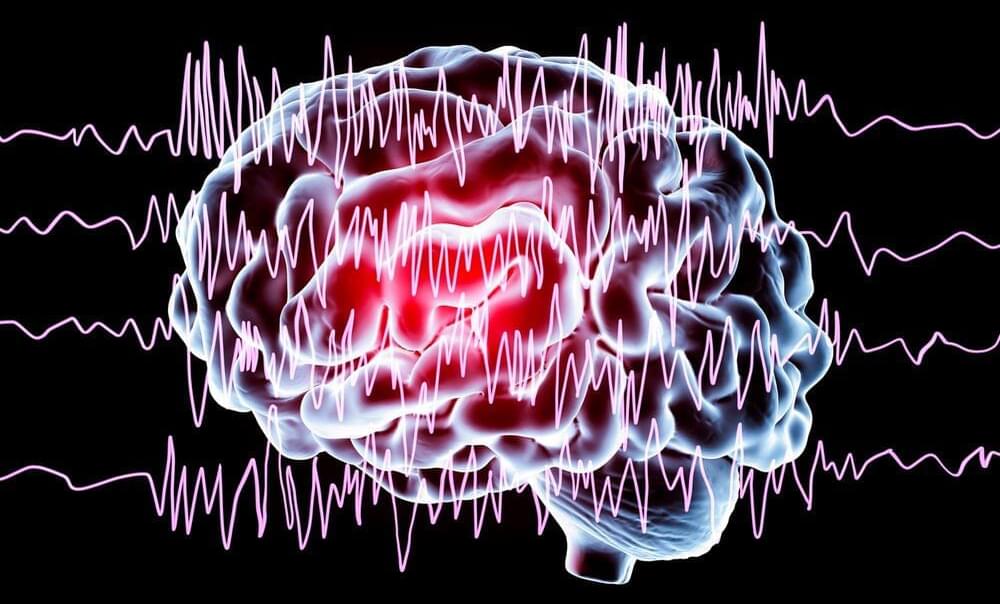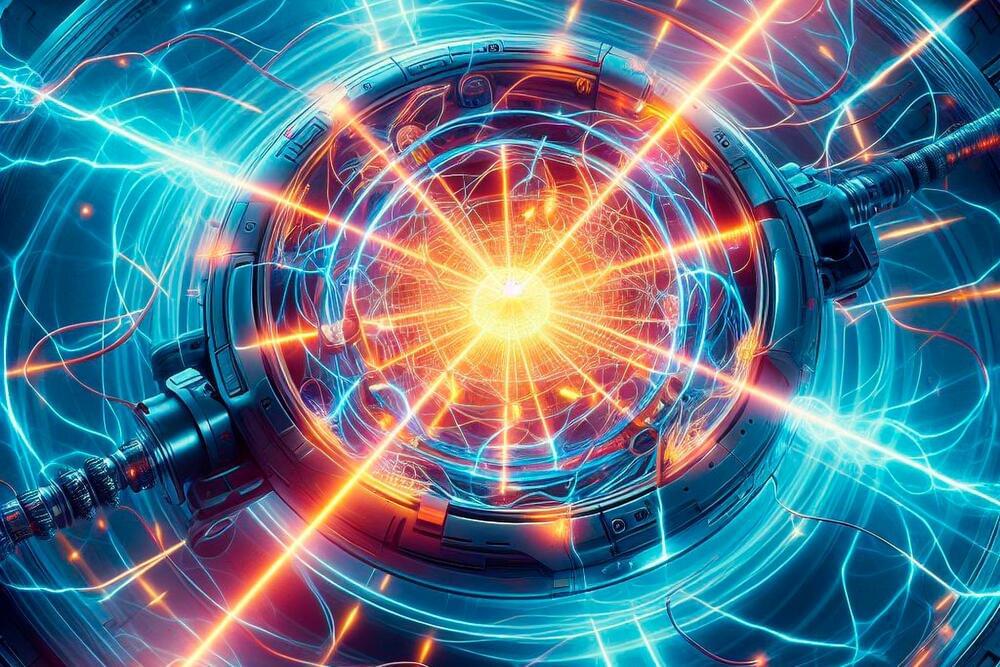Dec 11, 2023
Pirola Panic? T Cells Might Be Our Secret Weapon Against the Latest COVID “Variant of Concern”
Posted by Saúl Morales Rodriguéz in category: biotech/medical
LJI scientists harness bioinformatics to predict how T cells may adapt to fighting the highly mutated Pirola variant.
In August, researchers detected a new SARS-CoV-2 “variant of concern” in patients in Israel and Denmark. Since then, this variant, dubbed BA.2.86 or “Pirola,” has made its way around the globe. The Pirola variant has raised alarms because it is highly mutated. In fact, Pirola is as mutated as the Omicron variant was, compared with the early SARS-CoV-2 variant included in the original vaccinations.
As Pirola spreads, researchers at La Jolla Institute for Immunology (LJI) are investigating whether COVID-19 vaccines (or previous SARS-CoV-2 exposure) can still protect people from severe disease.


